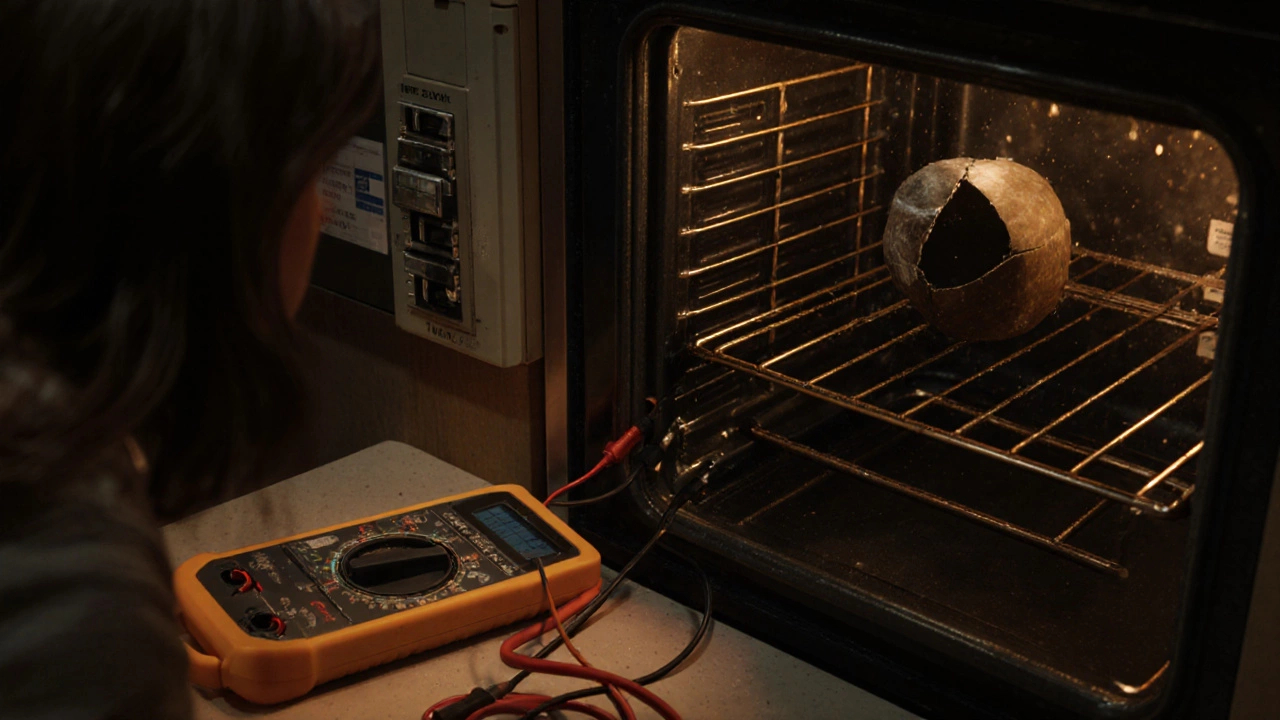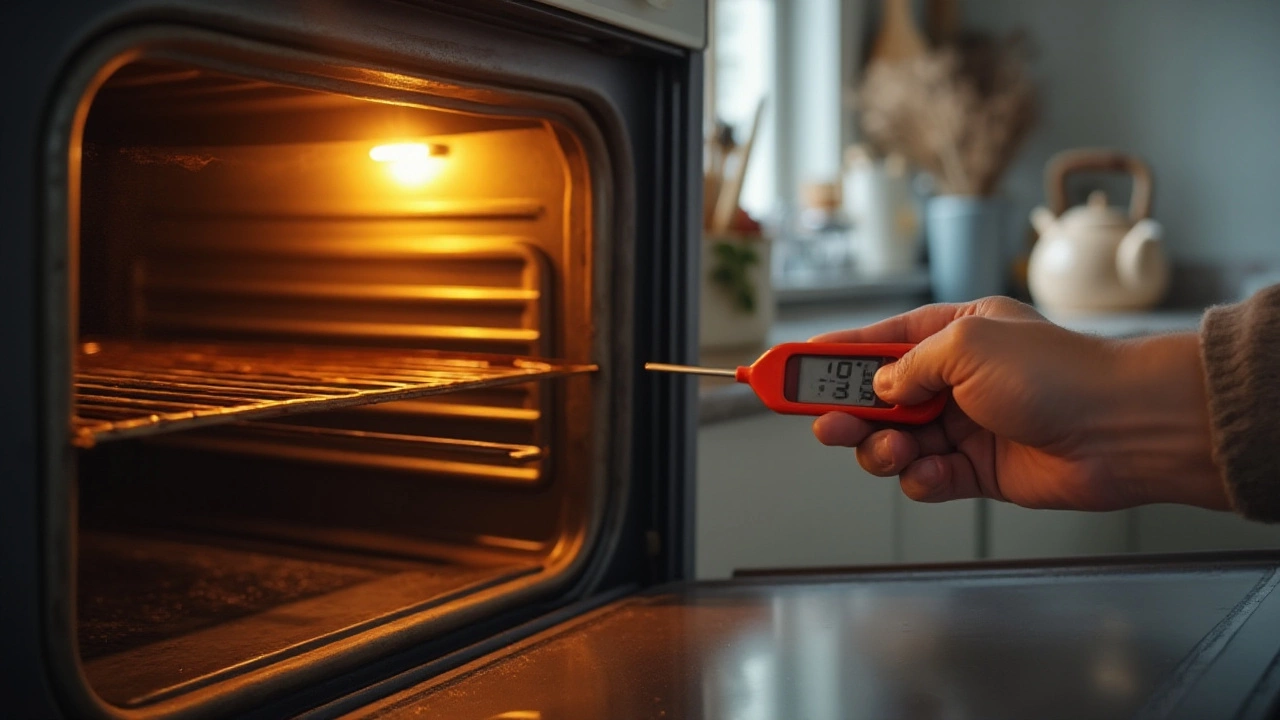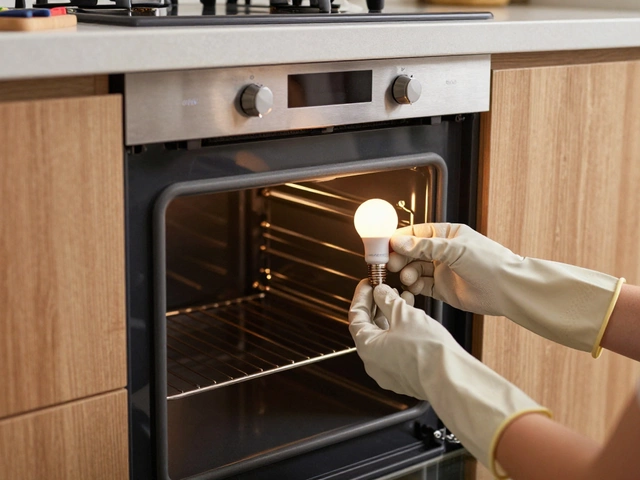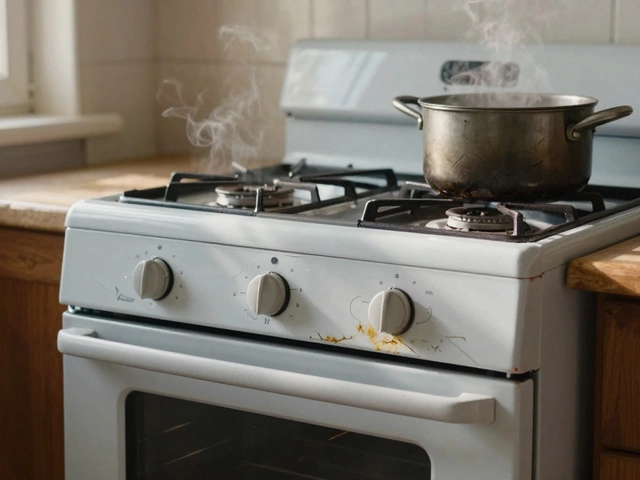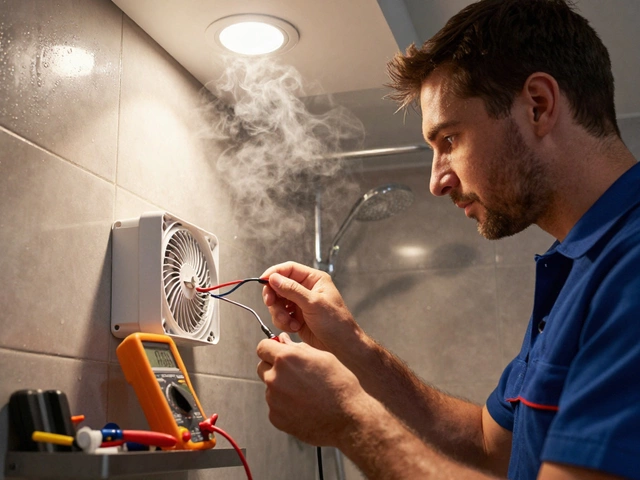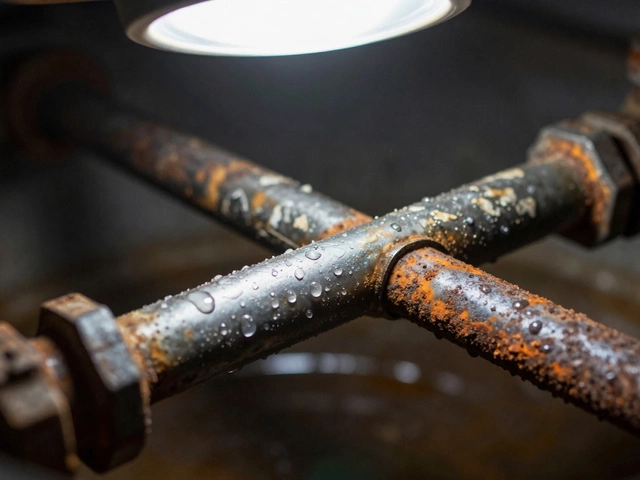Broken Oven? How to Spot the Problem and Get It Working Again
If your oven won’t heat, shows weird error codes, or makes strange noises, you’re probably wondering what’s wrong. The good news is many oven issues are easy to diagnose and even easier to fix. Below you’ll find the most common reasons an oven breaks down, simple tests you can do at home, and clear signs it’s time to call a repair technician.
Typical culprits for a broken oven
Most ovens fail because a single part gives out. The three biggest troublemakers are the heating element, the thermostat (or sensor), and the control board. An element that’s burned out will leave the oven cold no matter what you set the dial to. A faulty thermostat or temperature sensor tricks the oven into thinking it’s already at the right temperature, so it never turns on the heat. The control board is the brain of the oven; if it stops sending power to the element it looks like a total failure.
Other common issues include a broken door latch, a tripped safety switch, or a clogged vent that makes the oven overheat and shut down. Each of these problems shows up with its own set of symptoms, so checking the basics first can save you time and money.
Quick DIY checks before you call a pro
Start with the simplest tests. Unplug the oven or turn off the circuit breaker, then look at the heating element for any visible cracks or breaks. If it looks intact, you can test it with a multimeter: set the meter to resistance (ohms) and touch the probes to the element terminals. A healthy element reads between 20 and 50 ohms; an infinite reading means it’s busted.
Next, locate the thermostat or temperature sensor—usually a thin metal rod inside the oven cavity. Use the multimeter again; a good sensor should show about 1 kΩ at room temperature and change resistance as it heats up. If you get no change, replace the sensor.
Finally, inspect the control board for burnt spots, loose wires, or corroded connectors. If you’re comfortable, you can reseat the connectors or clean any corrosion with a little electronics cleaner. If the board looks fine but the oven still won’t heat, the problem is likely deeper and a professional should take a look.
When you’ve ruled out the simple fixes, consider the cost of parts versus a new oven. A heating element replacement usually costs £30‑£70 plus labor, while a control board can run £150‑£250. If your oven is over 10‑12 years old, weigh repair costs against buying a new, more efficient model.
Living in Hinckley? Our local repair team can diagnose the issue quickly, bring the right parts, and get your oven back in service. We’ll give you a clear quote before any work starts, so you never get surprised by hidden fees.
Remember, safety comes first. Never work on an appliance that’s still connected to power, and don’t attempt repairs if you’re unsure about handling electrical components. When in doubt, call a qualified technician—it’s cheaper than a fire hazard.
By following these steps you can often pinpoint why your oven is broken, decide if a DIY fix is possible, and know exactly when to call an expert. A working oven means dinner plans stay on track, so don’t let a simple fault ruin your night.
18 November 2025
·
0 Comments
Your electric oven suddenly stopped working? It could be a tripped breaker, burnt heating element, or faulty sensor. Learn the most common causes and how to fix them yourself - no technician needed.
Read more
8 October 2024
·
0 Comments
If your oven isn’t heating properly, there might be an issue with the oven element. From visible physical damage to malfunctioning temperatures, identifying a broken oven element can be straightforward. This article provides useful tips and insights to help you confirm if your oven element is faulty and offers basic guidance on what to do next. Whether it's for troubleshooting at home or preparing for a repair, understanding the signs of a broken element is essential. Stay safe and informed while dealing with any kitchen appliance repairs.
Read more

